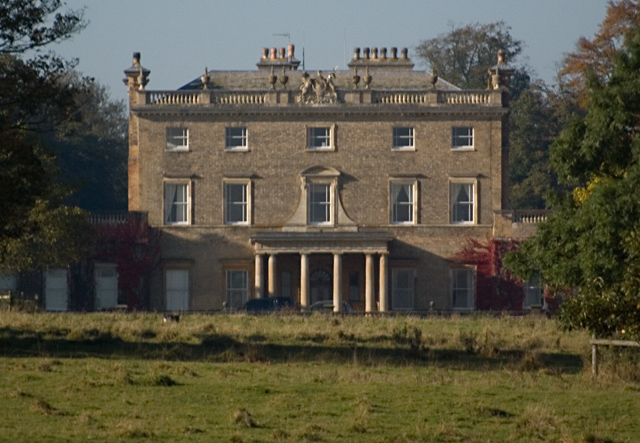Sir Charles Hotham-Thompson, 8th Baronet on:
[Wikipedia]
[Google]
[Amazon]
 General Sir Charles Hotham-Thompson, 8th Baronet (18 June 1729 – 25 January 1794) was a British Army officer and
General Sir Charles Hotham-Thompson, 8th Baronet (18 June 1729 – 25 January 1794) was a British Army officer and
 General Sir Charles Hotham-Thompson, 8th Baronet (18 June 1729 – 25 January 1794) was a British Army officer and
General Sir Charles Hotham-Thompson, 8th Baronet (18 June 1729 – 25 January 1794) was a British Army officer and Member of Parliament
A member of parliament (MP) is the representative in parliament of the people who live in their electoral district. In many countries with bicameral parliaments, this term refers only to members of the lower house since upper house members of ...
.
He was the eldest son of Sir Beaumont Hotham, 7th Bt., of Beverley
Beverley is a market town, market and minster (church), minster town and a civil parishes in England, civil parish in the East Riding of Yorkshire, England, of which it is the county town. The town centre is located south-east of York's centre ...
, in the East Riding of Yorkshire
The East Riding of Yorkshire, or simply East Riding or East Yorkshire, is a ceremonial county and unitary authority area in the Yorkshire and the Humber region of England. It borders North Yorkshire to the north and west, South Yorkshire to t ...
. He was educated at Westminster School
(God Gives the Increase)
, established = Earliest records date from the 14th century, refounded in 1560
, type = Public school Independent day and boarding school
, religion = Church of England
, head_label = Hea ...
(1741–5) and studied law at the Middle Temple
The Honourable Society of the Middle Temple, commonly known simply as Middle Temple, is one of the four Inns of Court exclusively entitled to call their members to the English Bar as barristers, the others being the Inner Temple, Gray's Inn an ...
(1742). He was commissioned into the Army as an ensign in the 1st Foot Guards in 1746.
He served with the regiment in Flanders
Flanders (, ; Dutch: ''Vlaanderen'' ) is the Flemish-speaking northern portion of Belgium and one of the communities, regions and language areas of Belgium. However, there are several overlapping definitions, including ones related to culture, ...
, where he took part in the Battle of Lauffeld
The Battle of Lauffeld, variously known as Lafelt, Laffeld, Lawfeld, Lawfeldt, Maastricht, or Val, took place on 2 July 1747, between Tongeren in modern Belgium, and the Dutch city of Maastricht. Part of the War of the Austrian Succession, a Fr ...
in 1747 and was appointed aide-de-camp to the Earl of Albemarle
Earl of Albemarle is a title created several times from Norman times onwards. The word ''Albemarle'' is derived from the Latinised form of the French county of ''Aumale'' in Normandy (Latin: ''Alba Marla'' meaning "White Marl", marl being a ty ...
, commander of the British forces in the Low Countries
The term Low Countries, also known as the Low Lands ( nl, de Lage Landen, french: les Pays-Bas, lb, déi Niddereg Lännereien) and historically called the Netherlands ( nl, de Nederlanden), Flanders, or Belgica, is a coastal lowland region in N ...
. During the Seven Years' War
The Seven Years' War (1756–1763) was a global conflict that involved most of the European Great Powers, and was fought primarily in Europe, the Americas, and Asia-Pacific. Other concurrent conflicts include the French and Indian War (1754� ...
(1754–63) he was firstly aide-de-camp to Lord Ligonier
Field Marshal John Ligonier, 1st Earl Ligonier, (7 November 168028 April 1770), was a French Huguenot exile, born Jean Louis de Ligonier in Castres, Southern France. He had a long and distinguished career in the British army and was appointed ...
and then adjutant to the British forces fighting on the continent. He was promoted to colonel in 1762 and given the colonelcy of the 63rd (West Suffolk) Regiment of Foot
The 63rd Regiment of Foot was a British Army regiment raised in 1756. Under the Childers Reforms, it amalgamated with the 96th Regiment of Foot to form the Manchester Regiment in 1881.
History Formation and service in the Seven Years' War
The for ...
in 1765.
From 1761 to 1768 he was also the Member of Parliament for St Ives and in 1763 was made a Groom of the Bedchamber.
In 1768 he transferred as colonel to the 15th Regiment of Foot and retired to Yorkshire, where he succeeded his father in 1771 to the baronetcy and his estate near Beverley. He took the additional name of Thompson on inheriting the Thompson estates in Yorkshire from his wife's family in 1772 (reverting to Hotham in 1787) and commissioned Thomas Atkinson of York to rebuild Dalton Hall between 1771 and 1775. He was knighted KB in 1772.
Promoted Major-General in 1772, he retired from the Army in 1775, was gazetted full general (as Sir Charles Thompson, Bt) in 1793 and died at Dalton Hall in 1794. He had married Lady Dorothy Hobart, the daughter of John Hobart, 1st Earl of Buckinghamshire
John Hobart, 1st Earl of Buckinghamshire, (11 October 169322 September 1756) was a British politician who sat in the House of Commons from 1715 to 1728, when he was raised to the peerage as Baron Hobart.
Early life
Hobart was the son of Sir ...
, and had one daughter. He was succeeded as baronet by his brother Sir John Hotham, 9th Baronet.
References
{{DEFAULTSORT:Hotham-Thompson, Charles 1729 births 1794 deaths People from Beverley People educated at Westminster School, London Members of the Middle Temple British Army generals Knights Companion of the Order of the Bath Members of the Parliament of Great Britain for St Ives British MPs 1761–1768 Baronets in the Baronetage of England